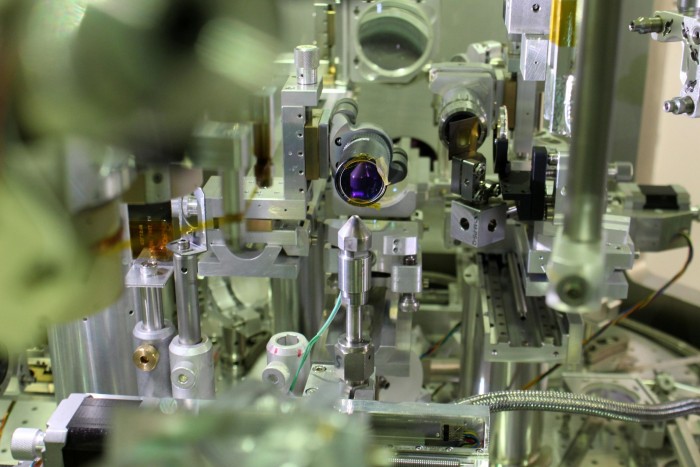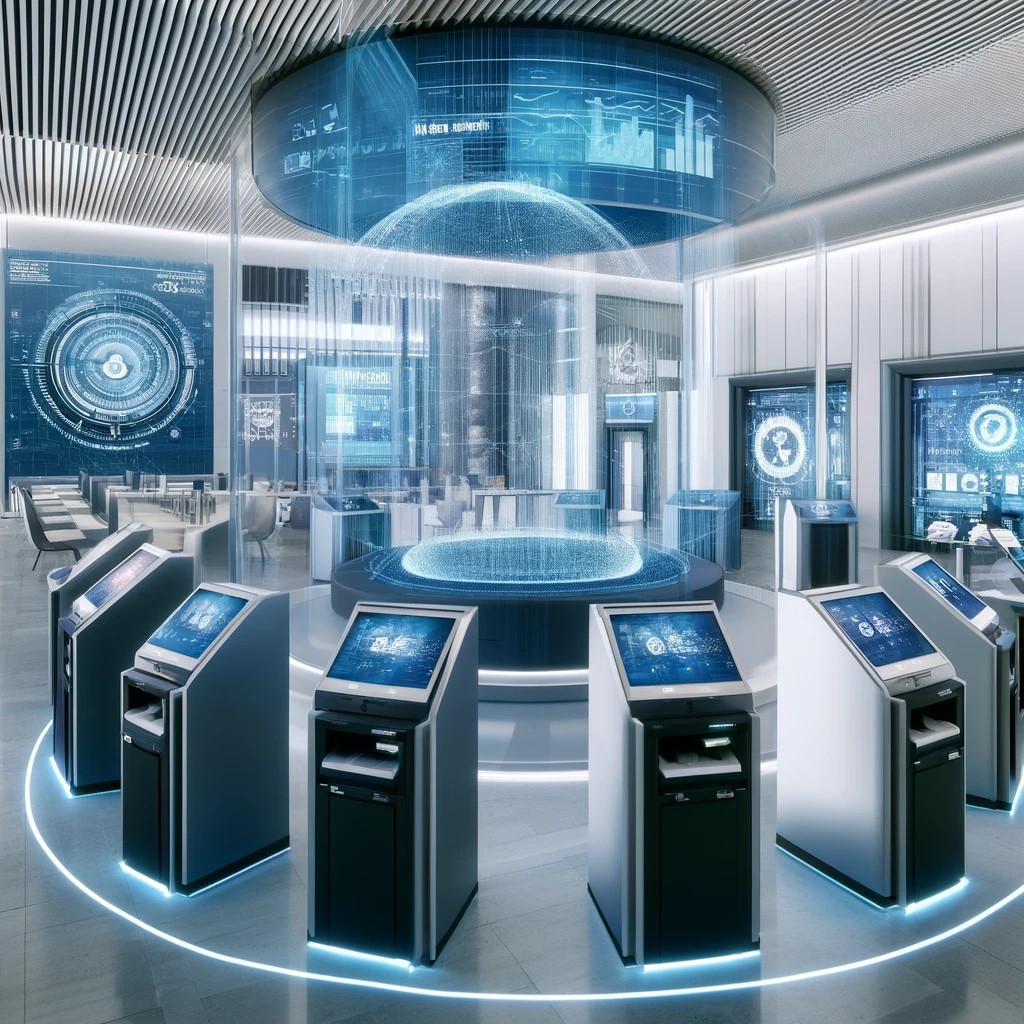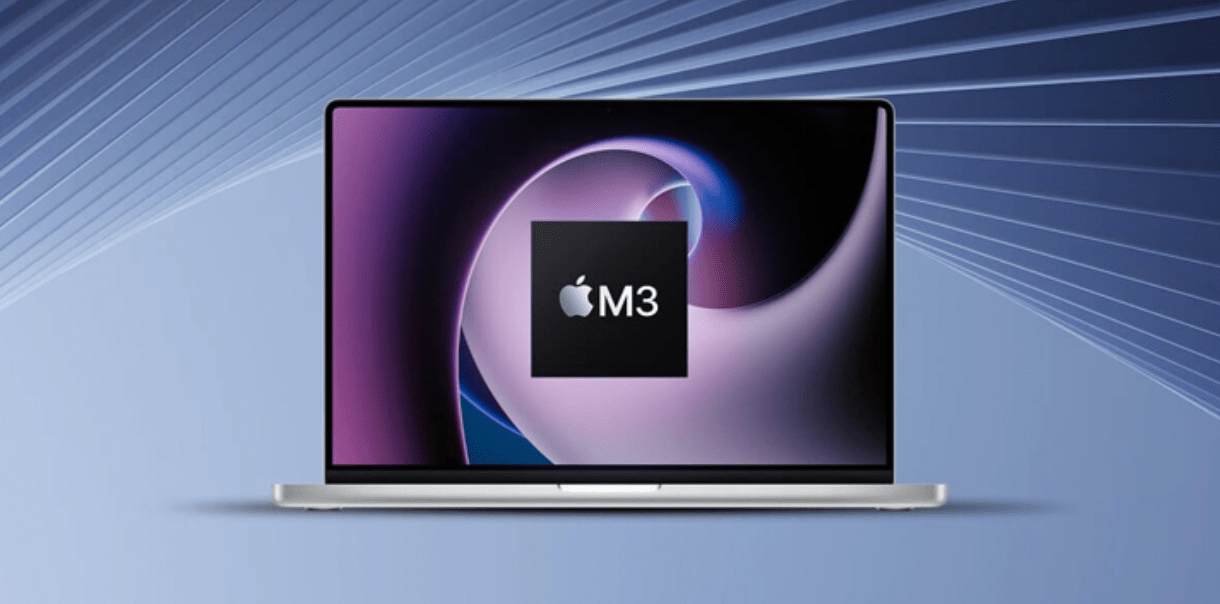With the rapid progress of science and technology, 3D technology has gradually swept through various industries, especially in the conference and exhibition economy, which plays a crucial role. Under the pressure of the pandemic, the exhibition economy has suffered a huge impact, however, the emergence of "exhibition on the cloud" has brought new vitality to the exhibition industry. 3D technology has been compared to the “saviour” of the exhibition industry, which not only saves the industry but also brings a brand-new change.
Like an artist with a unique perspective and talent, 3D technology has created breathtaking merchandise models in the e-commerce space with its fine brushstrokes and innovative thinking. These models not only realistically reproduce every detail of the merchandise, enabling consumers to experience the texture, colour and shape of the merchandise in a new way, but also, through this innovative approach, make consumers browse the merchandise as if they were strolling through a museum and admiring a precious piece of art. At this moment, they are no longer passive receivers, but become participants in the art, touching and feeling the unique charm of each product.
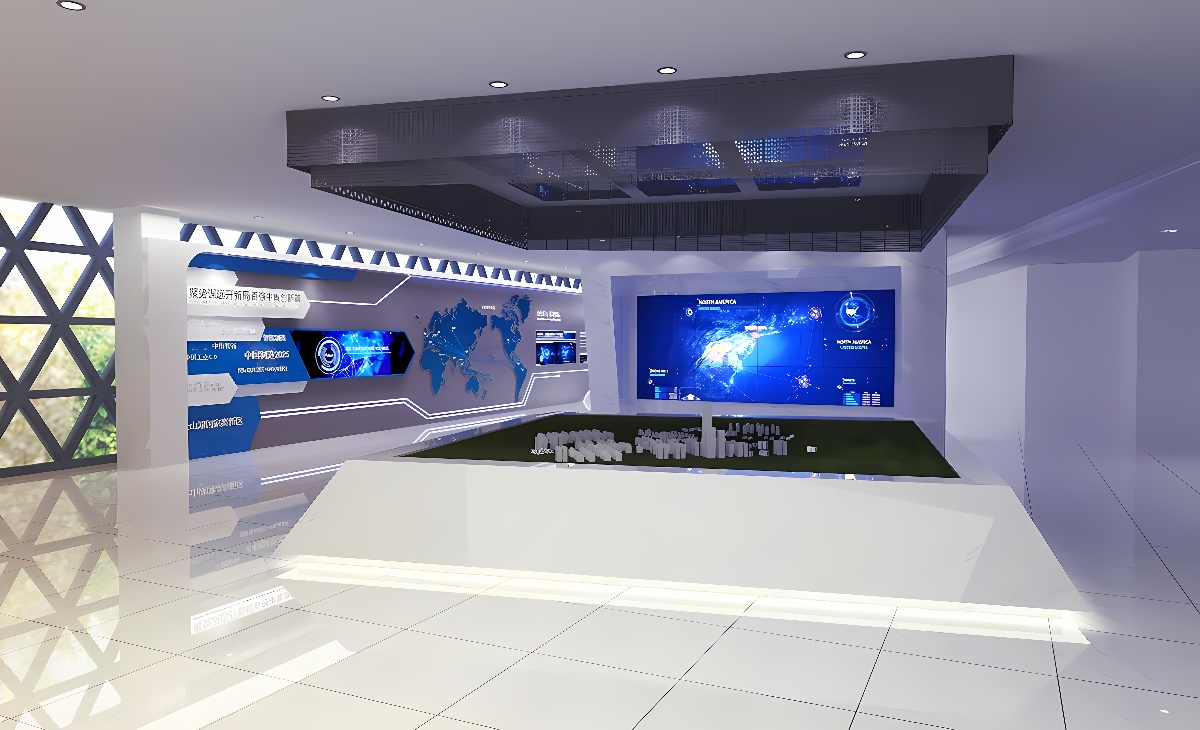
This experience is so real, vivid and attractive, as if people are in a real store, and the cell phone screen has become a bridge connecting consumers and products. In comparison, traditional graphic displays pale in comparison to this experience. Words and pictures may be able to describe the basic information about the goods, but they are unable to convey the texture, weight, colour and other important information. 3D technology makes up for this shortcoming by presenting goods in front of consumers in an unprecedented way, allowing them to understand and experience the goods in greater depth.
At the same time, 3D technology also provides a brand new platform for gallery organizations to display their artworks. Through this platform, galleries can digitally present their artworks, allowing viewers to immerse themselves in the sea of art at home. This form of art exhibition is like a guide, leading the audience through time and space to experience the history and charm of art.
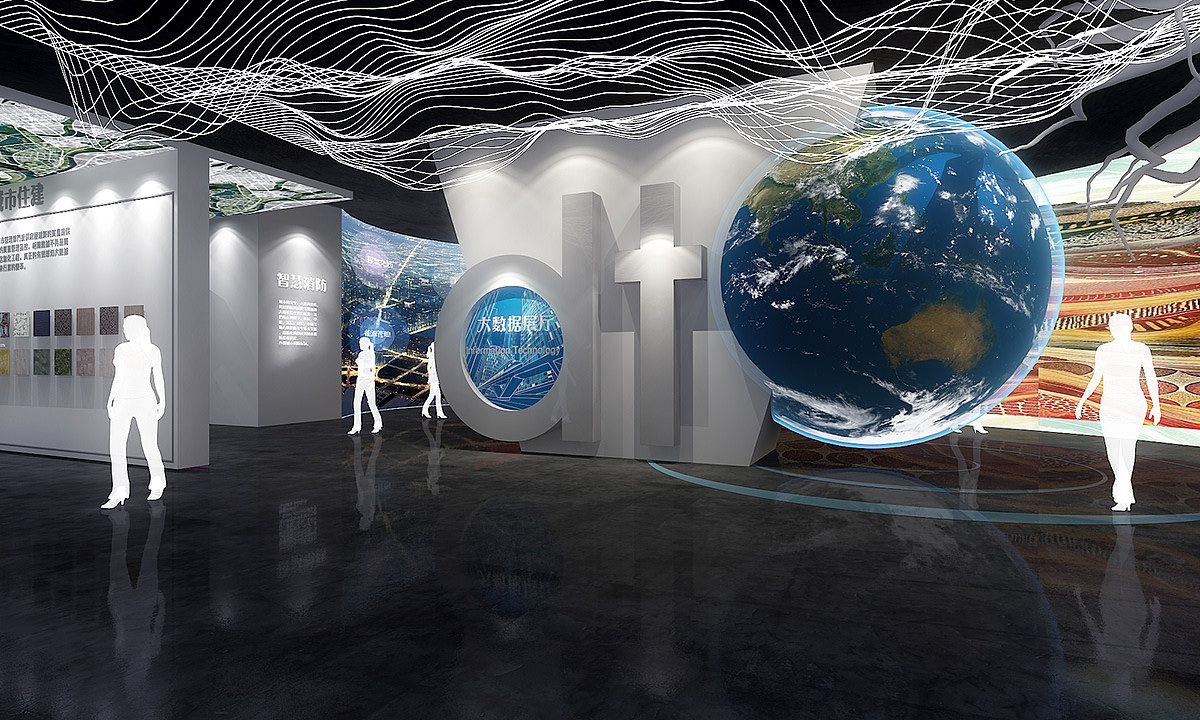
In addition, 3D technology also brings innovation in digital exhibitions and marketing. Like a magician, it turns products into virtual models that consumers can try on or try out. The experience is like trying on new clothes in a fitting room in a shopping mall, only without the constraints of a physical storefront. However, despite the broad application prospects of 3D technology in digital exhibition and marketing, some issues need to be brought to our attention.
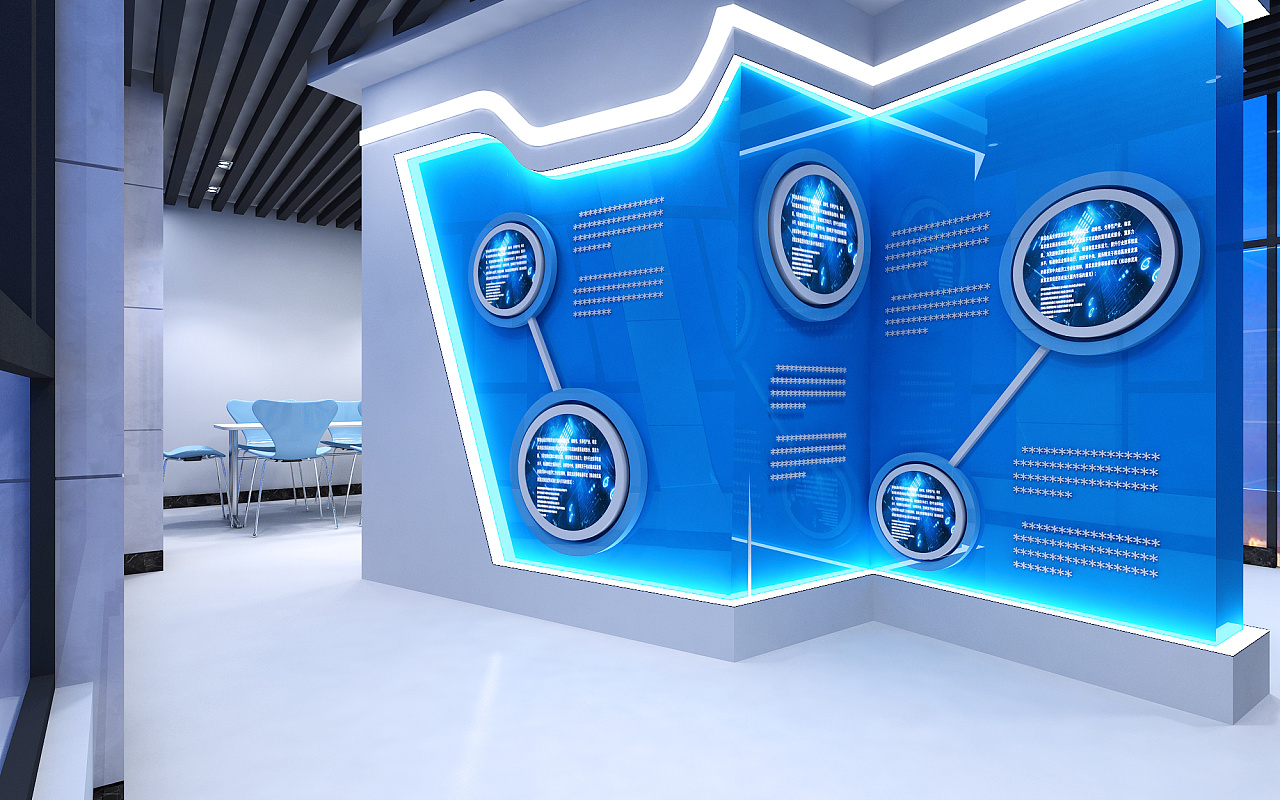
First, some online art exhibition spaces are like ghost castles, lacking real feelings and experiences. Secondly, some 3D virtual exhibition halls are like labyrinths, making it difficult for the audience to find the real entrance of the exhibition. In addition, some three-dimensional exhibits have been compressed into flat pictures arranged together, just like a piece of dead leaves has lost its vitality.
To solve these problems, we need to further explore and study the application of 3D technology. On the one hand, we can create a more realistic online art exhibition space with the help of more advanced 3D modelling technology and virtual reality technology; on the other hand, we can optimize the digital presentation of exhibits to enhance the display effect and artistic value of exhibits. At the same time, we also need to actively explore new business models and cooperation methods to promote the sustainable development of the exhibition industry.
In conclusion, the application of 3D technology in digital exhibition and marketing has become an important development trend. It is like a leader, leading us into a brand-new era. By introducing advanced 3D technology and optimizing the business model, we can provide consumers with a better and more convenient shopping experience, and also provide exhibitors with more business opportunities and possibilities. At the same time, we also need to pay attention to the problems and challenges faced by 3D technology in the process of application, and actively explore the solutions and innovative paths to promote the sustainable development and upgrading of the exhibition industry.
